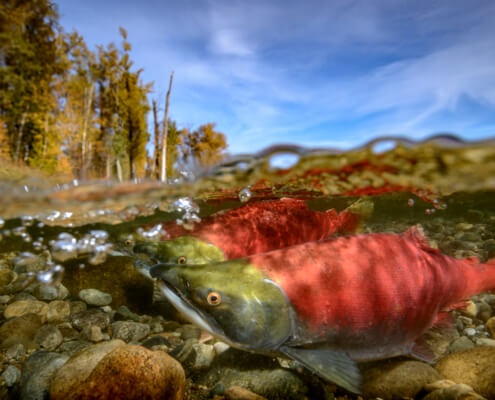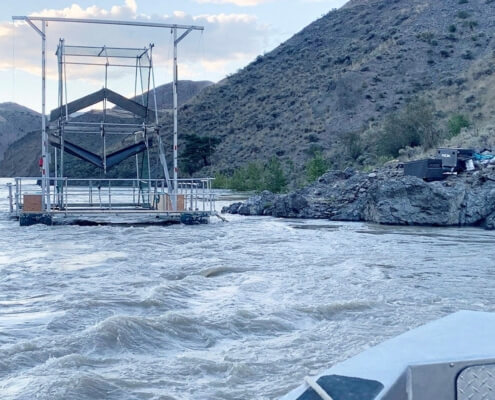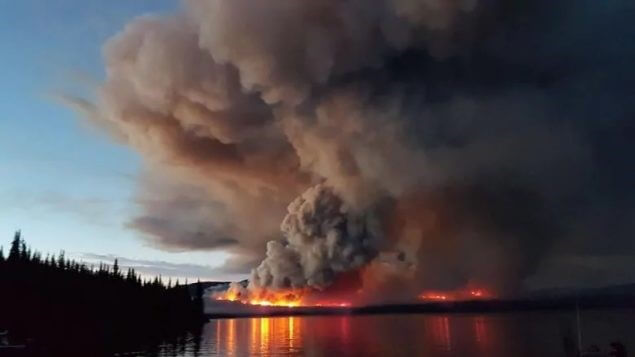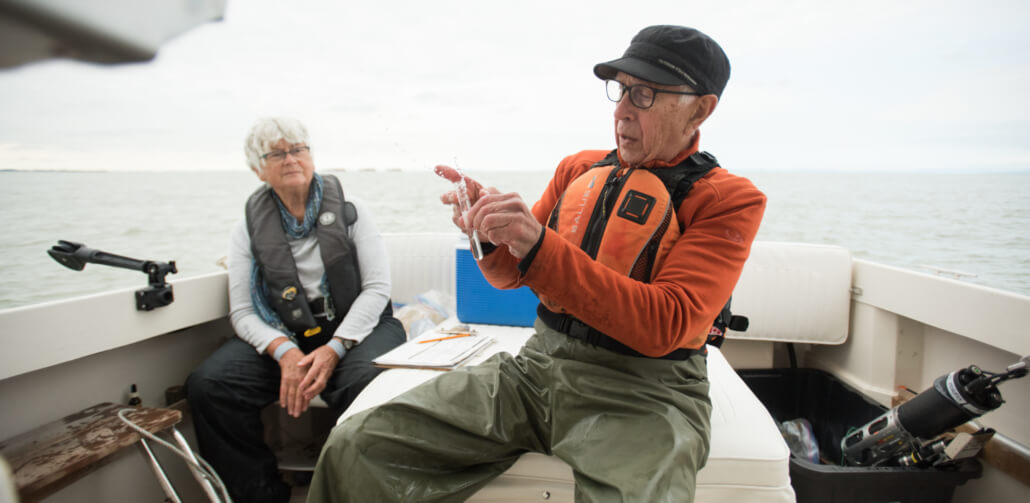Fresh Water Habitat is Changing
The Fraser River is home to the world’s largest sockeye salmon run and it’s a nursery for more than half of B.C.s salmon populations. Over the past few decades, it’s seen rapid declines in a number of salmon species, most notable, Chinook with most populations now threatened or endangered.
Climate change is impacting the river and the species that depend on it.
Erosion along the watershed, flooding, and increased water temperatures are a few of the significant impacts’ climate change has brought to bear on the Fraser. There are areas of concern along the migration route that we must better understand in order to find solutions for the migrating salmon.
Pacific Salmon Foundation is leading a study with partners to assess potential migration impediments and determine areas of potential improvement, including the existing fishways. The focus will be on areas downstream of Big Bar in the Fraser canyon.
Working with Matsqui and Yale First Nations, we’ve deployed fish wheels to capture migrating Chinook, and are tagging a subset of these salmon.
The project aims to track the precise locations where tagged salmon are holding between Hope and Lillooet. The goal is to identify migration impediments in the Fraser Canyon that can be rectified in the face of climate impacts, giving salmon a chance to adapt.






